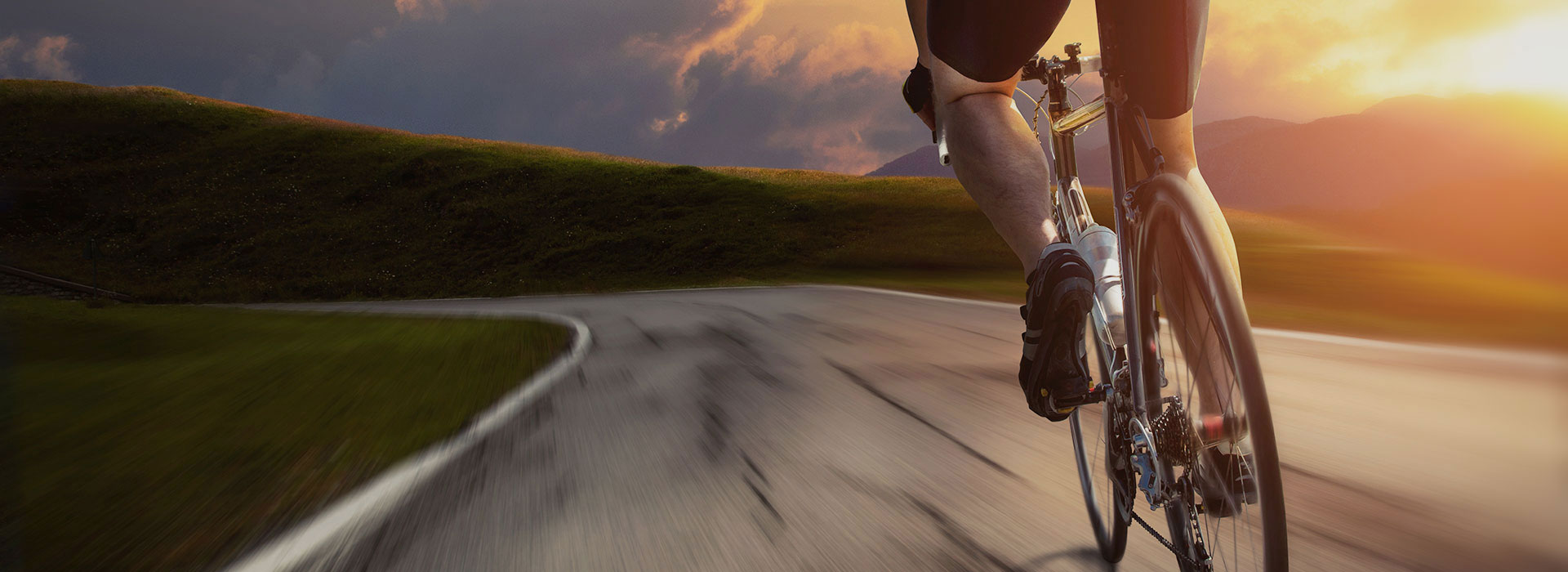- Español
- Português
- русский
- Français
- 日本語
- Deutsch
- tiếng Việt
- Italiano
- Nederlands
- ภาษาไทย
- Polski
- 한국어
- Svenska
- magyar
- Malay
- বাংলা ভাষার
- Dansk
- Suomi
- हिन्दी
- Pilipino
- Türkçe
- Gaeilge
- العربية
- Indonesia
- Norsk
- تمل
- český
- ελληνικά
- український
- Javanese
- فارسی
- தமிழ்
- తెలుగు
- नेपाली
- Burmese
- български
- ລາວ
- Latine
- Қазақша
- Euskal
- Azərbaycan
- Slovenský jazyk
- Македонски
- Lietuvos
- Eesti Keel
- Română
- Slovenski
- मराठी
- Srpski језик
How to properly shift gears while riding?
2022-04-18
During the riding process, everyone remember to measure their own physical fitness, and then choose the gear that suits them. Don’t reluctantly step on the mid-range because of the pursuit of speed. Adjust the derailleur so that your pedaling will not be too hard, and you will not easily "step on the empty circle".
Although the gear is too heavy, you can get more power forward, but in the case of insufficient leg muscle endurance, it may cause damage to the knee joint or muscle strain.
If the gear is too light, the force when pedaling will be uneven, and the force of the legs will be too heavy, so that the rider's buttocks will not be able to sit on the seat cushion stably, resulting in the so-called "hip jump".
In addition, cyclists should also master the skill of "adjusting the appropriate gear ratio in the face of different road conditions", as follows:
flat road
On a flat road, the front chainring is usually a small chainring, mainly with the rear chainring 17 to 21. If riding in a downwind condition, the rider can adjust the front to the larger chainring, and the rear chainring can be adjusted. Free matching to achieve the effect of high-speed cruising.
uphill
When going uphill, the gears of the rear disc should be adjusted. At the beginning, use the adjustment method of one tooth and one tooth to gradually find the most suitable gear. When going uphill continuously, the rider should change gears according to the terrain. Usually, the front chainring is adjusted to a small one, and the rear chainring is changed according to the road conditions.
downhill
Although the gear is too heavy, you can get more power forward, but in the case of insufficient leg muscle endurance, it may cause damage to the knee joint or muscle strain.
If the gear is too light, the force when pedaling will be uneven, and the force of the legs will be too heavy, so that the rider's buttocks will not be able to sit on the seat cushion stably, resulting in the so-called "hip jump".
In addition, cyclists should also master the skill of "adjusting the appropriate gear ratio in the face of different road conditions", as follows:
flat road
On a flat road, the front chainring is usually a small chainring, mainly with the rear chainring 17 to 21. If riding in a downwind condition, the rider can adjust the front to the larger chainring, and the rear chainring can be adjusted. Free matching to achieve the effect of high-speed cruising.
uphill
When going uphill, the gears of the rear disc should be adjusted. At the beginning, use the adjustment method of one tooth and one tooth to gradually find the most suitable gear. When going uphill continuously, the rider should change gears according to the terrain. Usually, the front chainring is adjusted to a small one, and the rear chainring is changed according to the road conditions.
downhill
When going downhill, it is important to maintain an average pedaling efficiency and avoid affecting the vehicles behind. The front chainring can be adjusted to the larger chainring, and the rear chainring can gradually reduce the gears, so as not to fail to brake in the face of emergencies, resulting in serious accidents.






